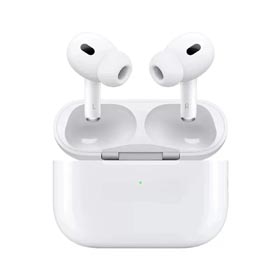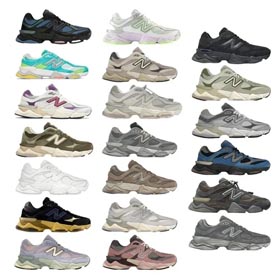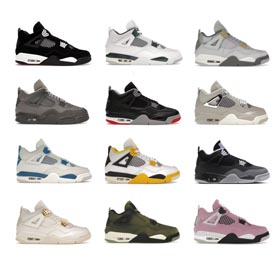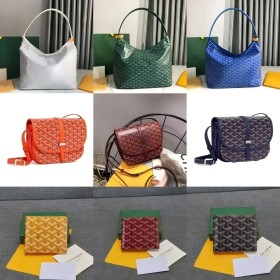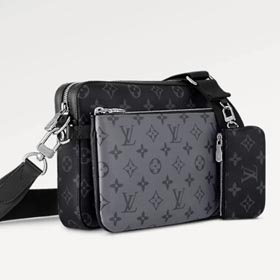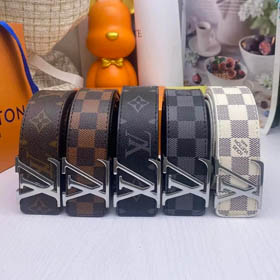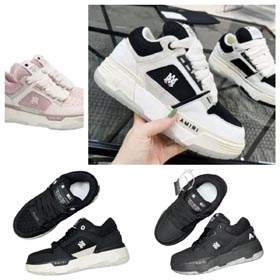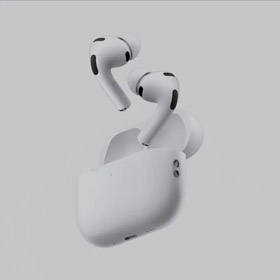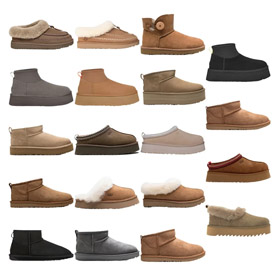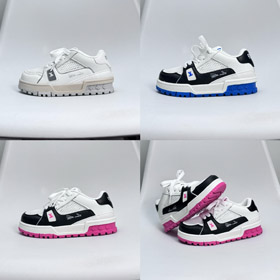The Timeless Legacy of Burberry: A Story of British Elegance
Founded in 1856 by Thomas Burberry, Burberry
At just 21 years old, Thomas Burberry established his namesake brand with a vision to create durable, weatherproof outerwear. His breakthrough came in 1879 with the invention of gabardine, a revolutionary breathable yet water-resistant fabric. This material laid the foundation for Burberry’s iconic trench coats, originally designed for British soldiers during World War I. Burberry’s trench coat quickly transcended its military origins to become a staple of civilian fashion. Features like the D-ring belt, gun flaps, and storm shields were not just decorative but functional elements from its wartime heritage. Today, the trench coat remains synonymous with refined British style, adorning celebrities and royalty alike. In the 1920s, Burberry introduced the now-famous Nova Check—a camel, black, red, and white plaid design initially used as a coat lining. By the 1960s, the pattern became a standalone symbol of luxury, appearing on scarves, handbags, and accessories. Though temporarily overexposed in the 2000s, creative directors like Christopher Bailey and Riccardo Tisci have reinvented the check for modern audiences. Burberry continues to push boundaries while honoring its heritage. Under CEO Marco Gobbetti and designer Riccardo Tisci, the brand launched collections like TB Monogramproduct showcases in interactive formats, redefine luxury retail. From outfitting Arctic explorers to dressing Hollywood icons, Burberry’s 160-year journey reflects resilience and reinvention. Its ability to balance heritage with contemporary relevance ensures its place as a cornerstone of global fashion. As the brand evolves, one thing remains constant: the unmistakable allure of British craftsmanship.The Birth of an Icon
The Trench Coat: A Symbol of Sophistication
The Check Pattern: From Lining to Legend
Innovation and Sustainability
Conclusion

